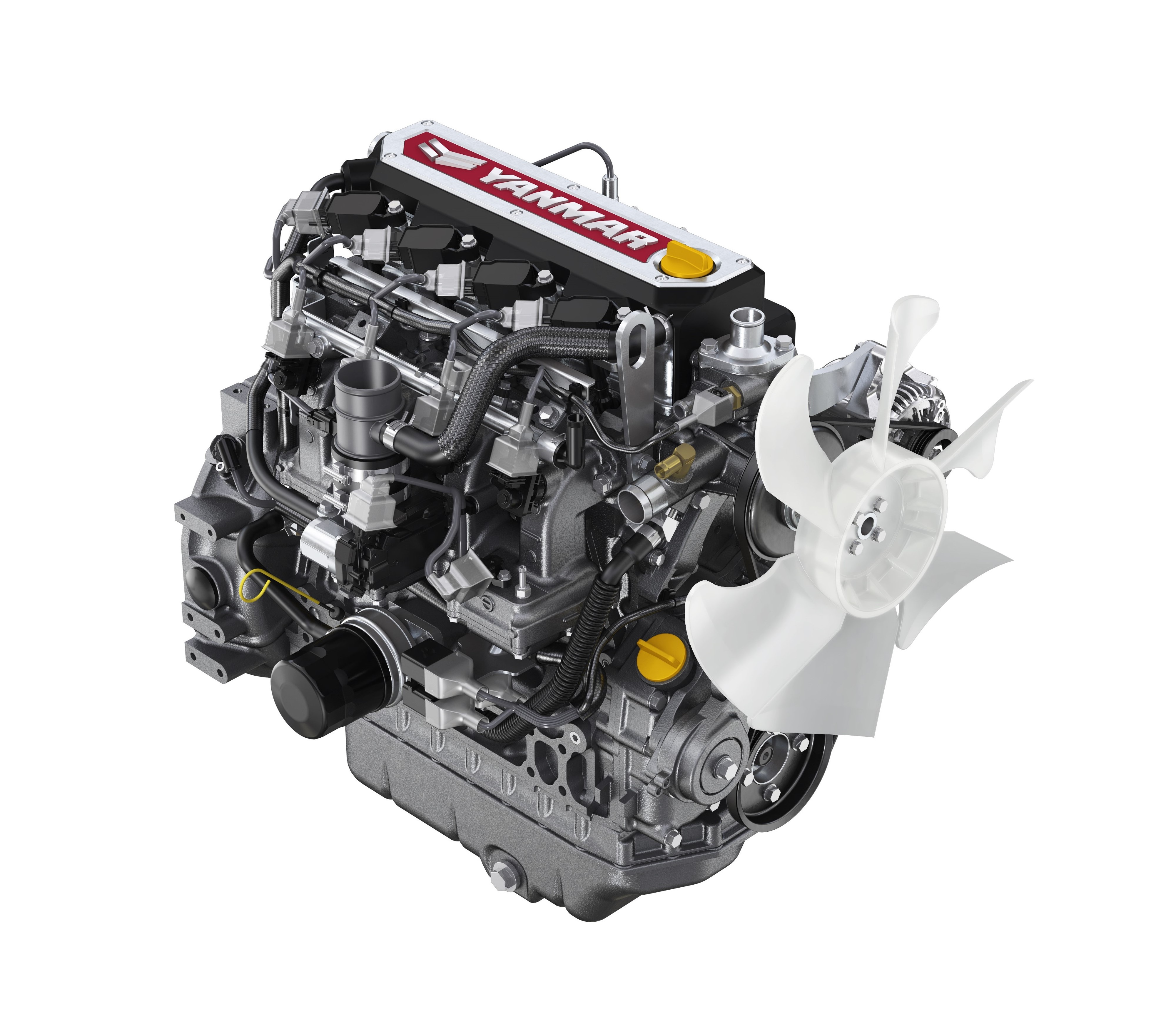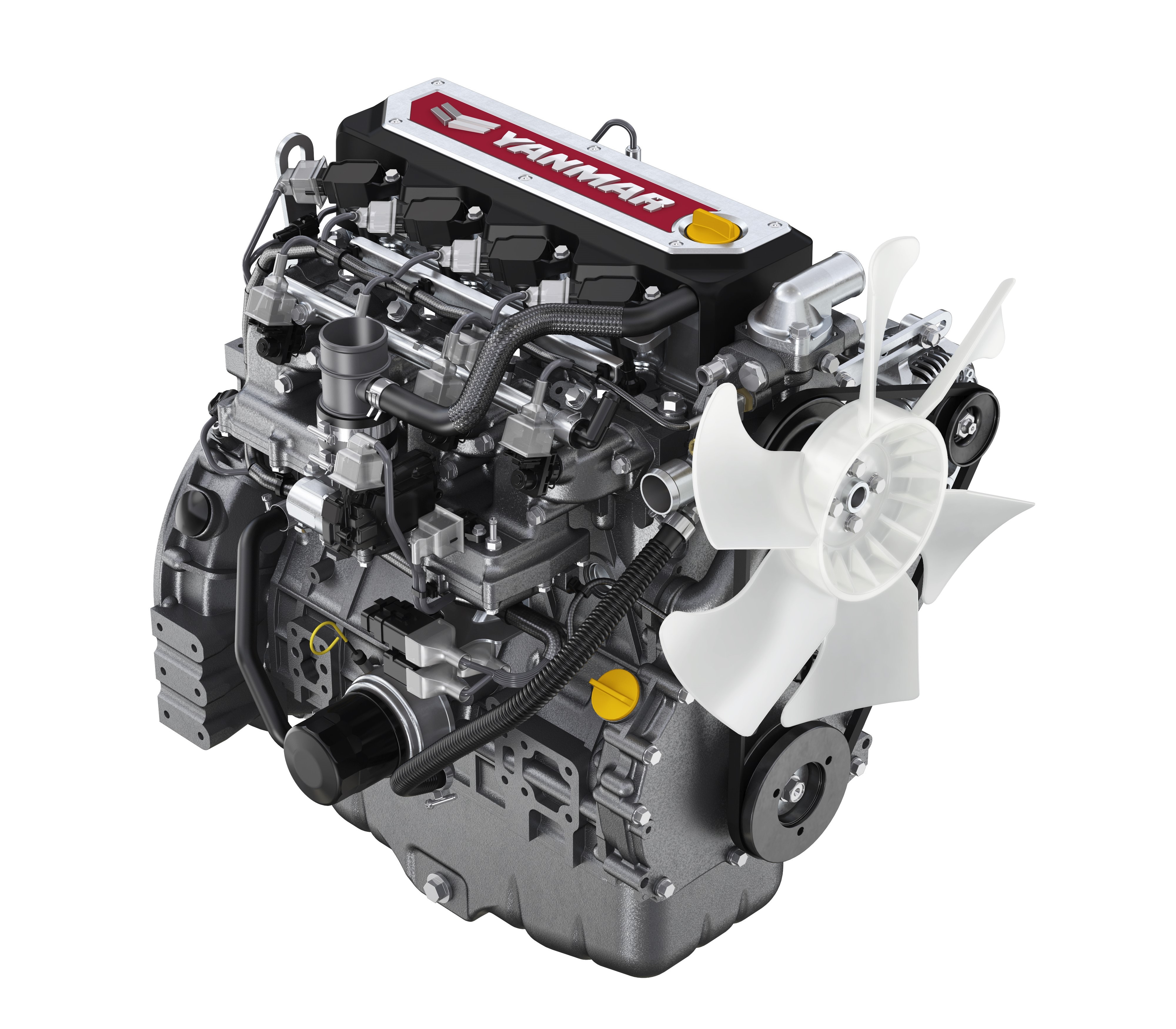News Release
YANMAR’s major technical achievements in recent years
July 29, 2021
Yanmar Europe B.V.


When considering this subject there are several off-road engine milestones Yanmar can lay claim to. We could mention the introduction of the 4TN101 and 4TN107, expanding the power range to 155 kW. We could mention the success in alternative fuels, like LPG & NG, with the introduction of the 4TN88G and 4TN98G gas engines.


But perhaps the most prominent success in recent years has been with something all manufacturers have grappled with – the DPF aftertreatment system. All these years after introduction, the design remains unsurpassed in terms of ease-of-use and performance in the field. The technology has proven to be an industry benchmark for reliable operations even under the most severe working conditions. Initially developed to comply with the US EPA Tier 4 in 2012, no upgrade whatsoever was needed to match the EU Stage V regulation in 2019.

It’s currently in large scale mass production, and will be for many years to come. Thanks to its unique design and Yanmar’s renowned production quality, a lifetime of trouble-free operation can be ensured. More than 700,000 Yanmar engines equipped with this device are currently in service. This gives us the confidence to say loud and clear that for Yanmar, DPF clogging has never been an issue.
To ensure a successful product roll-out, a major investment was made in a brand new testing facility next to the manufacturing plant in Biwa, Japan. A total of 72 test benches keep running 24/7 to ensure the strictest compliance with various emissions regulations considering aftertreatment layout, DPF installation and environmental conditions.
Yanmar’s pioneering role in off-road aftertreatment development and the modernity and longevity of its proprietary design make this a true achievement which we can definitely be proud of.
Inquiries
Yanmar Europe B.V., Marketing Dept.
Dana van Kammen
dana_vankammen@yanmar.com
- Note: Information contained in the news release is valid at the time of publication and may differ from the most recently available information.